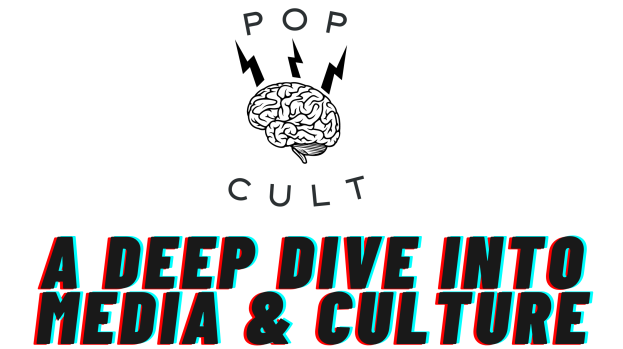
Miracleman Volume 1: A Dream of Flying
Reprints Miracleman #1-4
Written by Alan Moore
Art by Garry Leach and Alan Davis
Your first question may likely be, “Who is Miracleman?” Well, you start with Fawcett Comics and their flagship character Captain Marvel. You know him today as Shazam. Captain Marvel was more popular than Superman at one point in the 1940s. Elvis Presley’s hairstyle is based on Cap’s sidekick, Captain Marvel Jr. In 1951, DC eventually sued Fawcett claiming that Cap was too similar to Superman and thus a copyright violation. The courts ruled in favor of DC and Fawcett ceased publication of Captain Marvel. Years later, DC would buy the now failed Fawcett Comics and fold Cap into their properties.
Meanwhile, Fawcett had been licensing Captain Marvel to a British comics publisher. When the series folded due to the lawsuit, that publisher didn’t want to give up such a lucrative cash cow. Thus Marvelman was born.
Marvelman is a distinct variant of Captain Marvel. In this iteration, he was a kid who was given powers by a super scientist, and when he says the word “Kimota,” he transforms into the adult Marvelman. The hero is eventually joined by Young Marvelman and Kid Marvelman. I guess no girls were allowed. Their roster of villains is headlined by Dr. Gargunza (a Dr. Siviana analog) and Young Nastyman (their version of Black Adam). The series folded in 1959 when British laws changed so that comics from the United States could be directly imported into the country. Marvelman was one of many black and white British comics, and they couldn’t compete with the flashier American full-color books.
In 1982, the British anthology Warrior was looking for someone to revive Marvelman and eventually settled on young writer Alan Moore’s proposal. It was a dark, reimagining of a beloved character, something that was somewhat novel at the time. When Alan Moore proved to be popular, Marvelman was imported as reprints in the United States by publisher Eclipse. Marvel Comics had come along since the heyday of Captain Marvel, and they even caused DC to have to use Shazam in the titles of their Cap book. Eclipse knew a name change was in order, so they settled on Miracleman, meaning none of the art would have to be altered in the reprints.
Miracleman is connected to Mike Moran, a man in his mid to late thirties working as a freelance reporter. He’s married to a woman, Liz, and is suffering from confusing nightmares and migraines. During coverage of the opening of a nuclear power plant, terrorists show up, and Mike is harmed. Before he passes out, he glimpses the word “atomic” backward through a glass door, causing him to remember the magic word. Suddenly Mike remembers what happened decades earlier. He and his Miracle Family were investigating one of Gargunza’s plots and were caught up in an explosion. Mike believes he’s the only survivor but later learns Johnny Bates, aka Kid Miracleman, survived and has become an accomplished businessman in the tech sector.
As more revelations come out, Mike realizes that Miracleman is an entirely separate person from him, the two switching places in time and space when the word is uttered. Gargunza also resurfaces but in a way that forever alters Mike’s perception of his childhood and what his adventures as Miracleman really meant. And this is the core of Moore’s deconstruction of the character, what we remember our youth as is not what it truly was. Miracleman is anti-nostalgia, an emphasis on the fact that we filter memory to make it more palatable. Moore is telling his audience they are going to read a story about modern concerns, that this isn’t an escapist story in the traditional sense.
While this is incredibly mature storytelling, especially for the time, if you are familiar with Moore’s later work, you can see he’s in his beginning stages. The narrative is relatively simple, staying focused on a couple of characters, with a very linear plot. There aren’t subplots here like you would see in Watchmen or Promethea. But that’s to the advantage of exploring themes, we’re in the head of Mike Moran for most of the collection. The ideas are better than the execution; in the end, Moore trying to tell narratives clumsily in an 8 page a chapter printing format. This first volume is most definitely not my favorite, I will talk in a later review about what I like the best, but the pieces are laid out here. Miracleman is given an iconic return and opening arc that establishes who he is in the eyes of old and new readers alike.

One thought on “Comic Book Review – Miracleman Volume 1: A Dream of Flying”